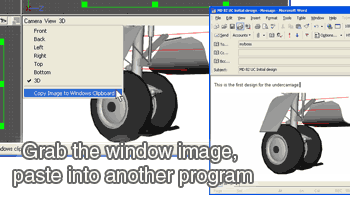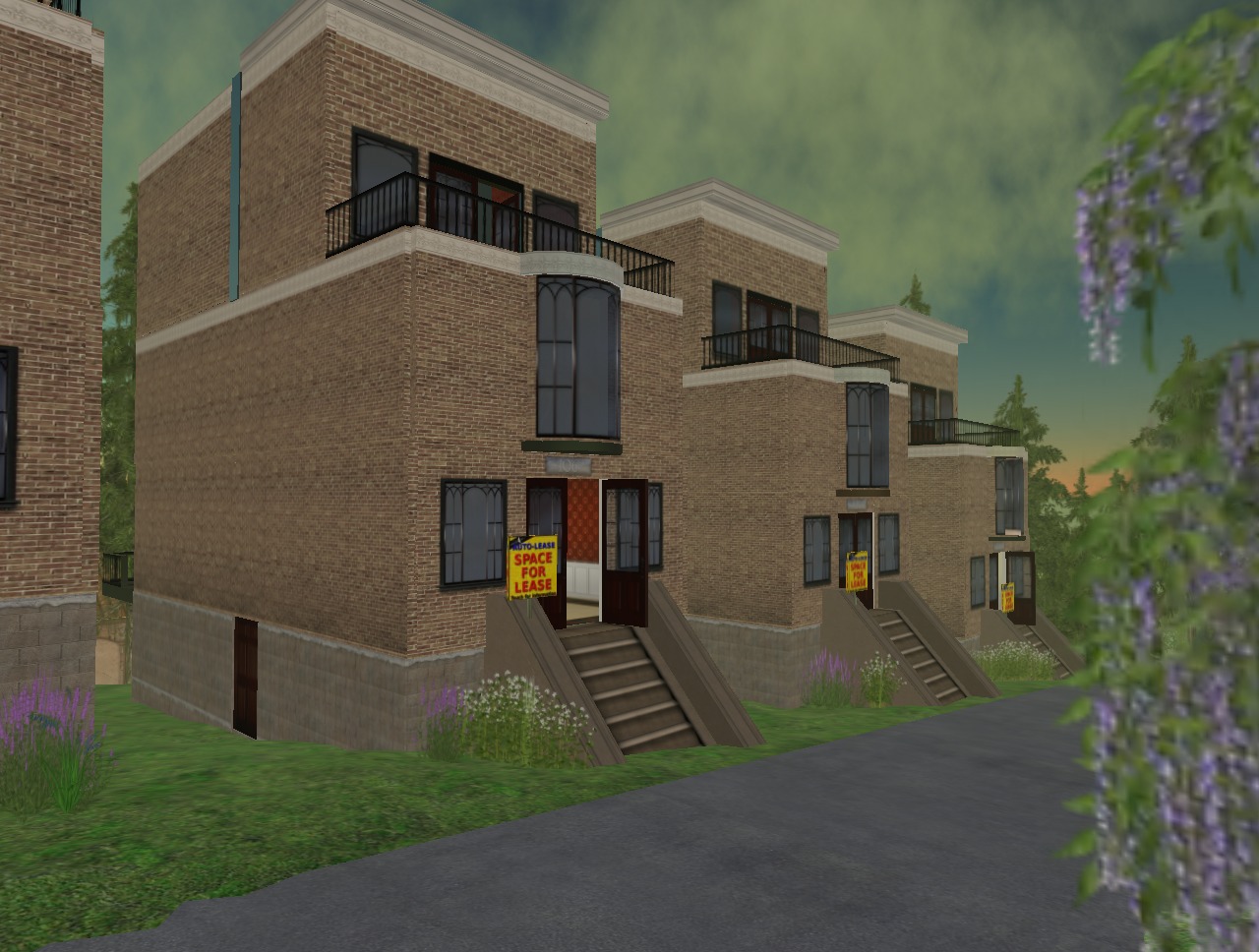

- #Ac3d texturing update#
- #Ac3d texturing portable#
- #Ac3d texturing mac#
The first public release of Visualization Library was on May 7, 2007.
Extensible resource system to support new resource types and file formats. Virtual file system: abstract file system that transparently allows access to disk files, memory files. Linear and Catmull-Rom path interpolation. Geometry optimization functions, triangle reduction/decimation, double-vertex removal, etc. GLSL based C++ advanced vector/matrix library. High quality unicode text rendering and text manipulation functions and classes. Provided scene managers: generic hierarchical volume tree, KdTree, portal-based scene graph. Automatic management of Vertex Buffer Objects. Automatic render state sorting and setup minimization. OpenGL Shading Language 1.x to 4.x support including geometry and tessellation shaders. Texturing: 1D/2D/3D textures, cubemaps, multi-texturing, texture arrays, texture rectangles, render to texture, texture coordinate generation, texture combiners, mipmapping and mipmaps generation, anisotropic filtering, compressed textures, depth textures, integer textures, non normalized textures, texture buffers, multisample textures. Volume visualization: raycast volume rendering (transfer functions, isosurface etc.), screen aligned slices, efficient marching cubes implementation. Image file formats supported: JPG, PNG, TGA, TIFF, BMP, DDS, DICOM. 3D file formats: 3DS, OBJ, PLY (binary and ascii), STL (binary and ascii), AC3D, MD2. GUI bindings: Win32, MFC, Qt4, wxWidgets, SDL, GLUT. #Ac3d texturing mac#
OS Support: Windows XP, Vista, 7, Mac OS, Linux. The rendering pipeline follows a similar modular approach, so that highly customized rendering techniques can be implemented by assembling and reusing VL components. #Ac3d texturing update#
However VL provides a ShaderNode class, as a high level service, that allows the user to update and manage Shaders in a hierarchical way using inheritance rules similar to the ones commonly available in uber-scene-graph based frameworks. Shaders are also a concept that is kept independent from the rest of the logic and do not require any hierarchical data structure to be used by an Actor.

This allow VL to be independent from, and take advantage of, virtually any type of scene management technique, such as PVS, portal/sector, KdTree, quadtrees, octrees etc. Thus, Visualization Library uses different data structures (possibly hierarchical) to manage each particular domain of the rendering pipeline.įor example, the transform tree is kept in a separate tree graph data structure and the objects part of the scene ("Actors" in Visualization Library parlance) can freely refer to a node of the transform tree.Īctors are kept in their own scene partitioning data structure from which their visibility is tested against the view frustum and from which eventually they are extracted at rendering time to be part of the rendering queue.

Visualization Library design is based on algorithmic and data structure specialization and separation, unlike many other 3D frameworks part of the so-called "uber scene graph" family, that is, those 3d engines that keep all the rendering information in a single hierarchical structure.
Give to the programmer as much control as possible while taking care of the dirty details. Avoid the architectural limitations of the uber-scene-graph paradigm. Provide a generic and fine-grained framework that can be used to assemble customized rendering techniques. Deliver the features and performances of modern GPUs also to non-gaming applications, like virtual reality, scientific and medical visualization, simulators, training and so on. Be fully compatible with older versions of OpenGL (1.x, 2.x and 3.x). #Ac3d texturing portable#
Implement an intuitive, thin and portable C++ wrapper around OpenGL 4.







 0 kommentar(er)
0 kommentar(er)
